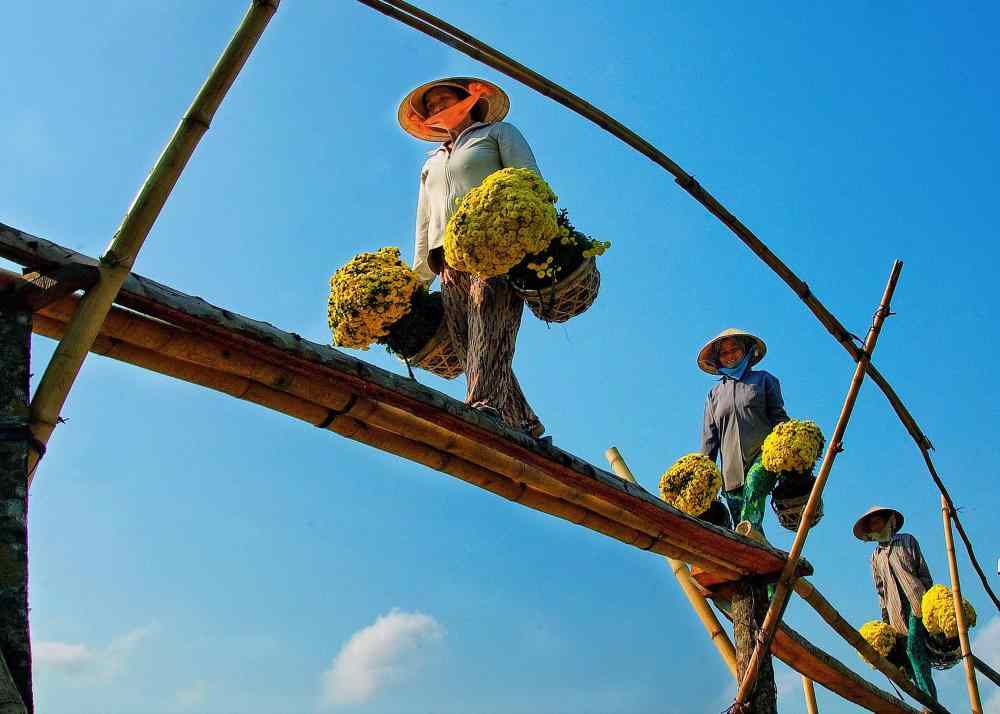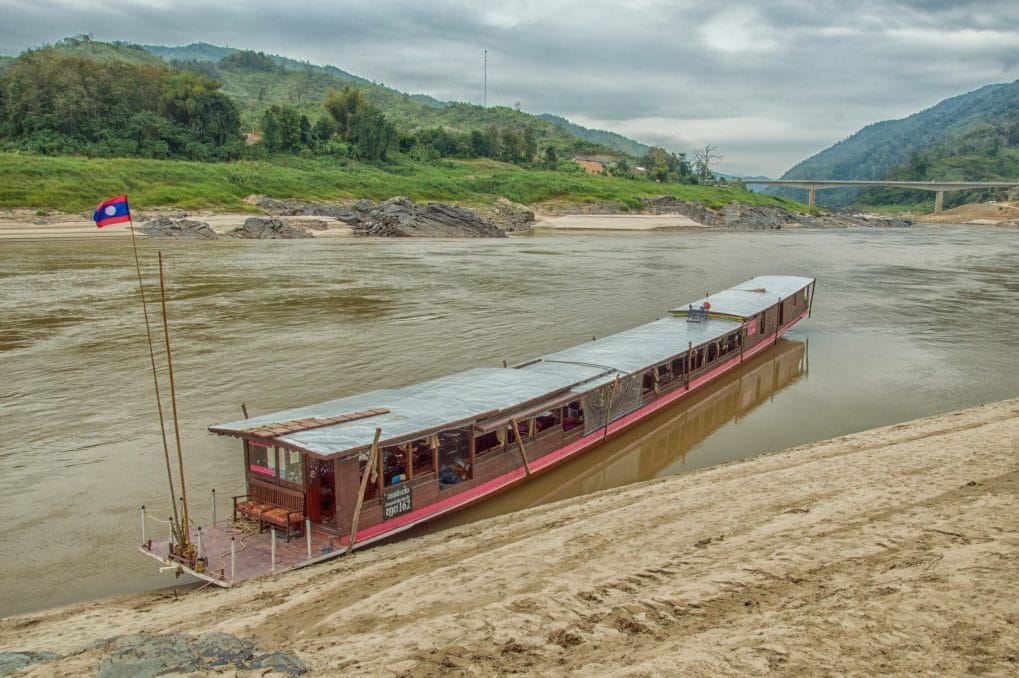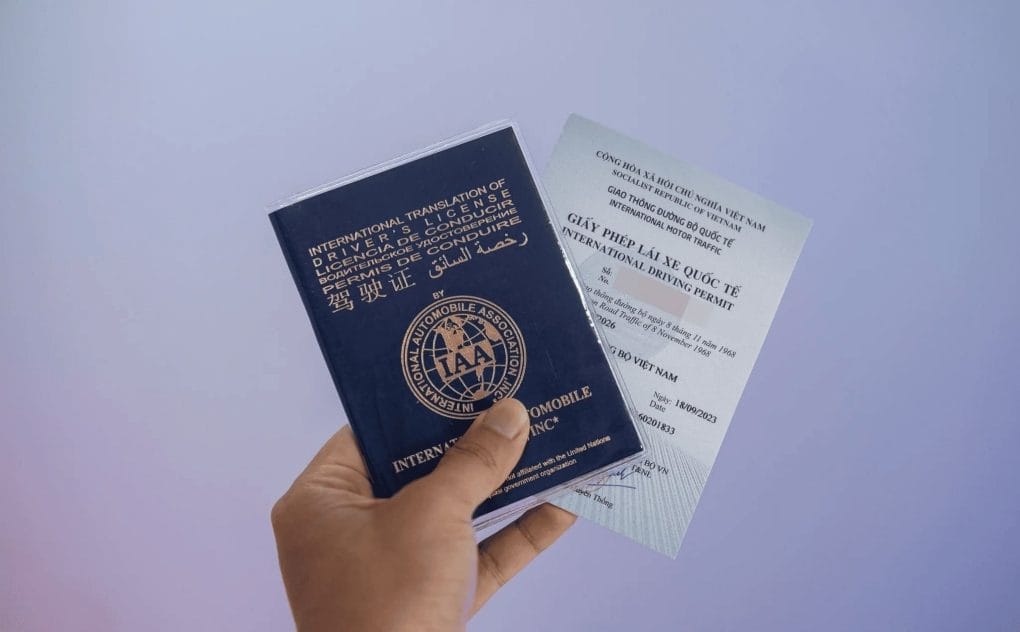THE SCULPTURE OF THAILAND
Thai sculptors of the past concentrated almost exclusively on Buddha images, producing works that rank among the world’s greatest expressions of Buddhist art. These have ranged in size from Sukhothai’s gigantic seated Buddha at Wat Si Chum, which measures 11 metres from knee to knee, to tiny, fingernail-sized Buddhas worn as amulets.
Their greatest achievements were during the Sukhothai period, when the smoothness and sheen of cast metals perfectly matched the graceful elongated simplicity of the basic form. To emphasize the spiritual qualities of Buddhism, Thai sculptors eschewed anatomical details such as muscles and bone structure, realizing that these would only distract from the enigmatic serenity that was their goal.

Thai sculpture received a boost in 1933 when an Italian sculptor, Corado Feroci founded the Fine Arts School which in 1943 became Silpakorn University. Having first arrived in Thailand in 1924 to work with the Royal Fine Arts Department on the creation of monumental sculptures, Feroci is today remembered as the father of modern art in Thailand. He became a Thai citizen in 1944, changing his name to Silpa Bhirasri, and served as Dean of the Painting and Sculpture Faculty until his death in 1962.
Many of his students have been awarded with the “National Artist” status. These include, for example, Paitoon Muangsoomboon, Chit Rianpracha and Pimarn Moolpramook whose works have appeared in various places such as at the Benjasiri Gardens in Bangkok. Another artist who well-known among the Thais and abroad is Misiem Yip-in-tsoi. She took up painting first, and then sculpture. She achieved great success in the latter field. Examples of her works, much of which depict children, can be seen in many private collections as well as in a sculpture garden she established in Nakhon Pathom near Bangkok.
Many modern Thai sculptors have experimented with the artistic possibilities of new methods borrowed from industrial technology to create works both simple and incredibly complex in meaning and effect. Others have taken objects out of their ordinary environment and turned them into arresting works of art. In one exhibition at the art gallery of the National Museum, buffalo horns and hides, rice sacks, dried rice stalks, sickles and other implements were used to create the essence of being on a farm.
THE WEAVING AND SILK OF THAILAND
The gorgeously irridescent, nubby Thai silk may have originated in northeastern Thailand, where cloth weaving is a traditional folk craft. Rearing their own silkworms and spinning and dyeing the yarn, northeast village women use primitive hand looms to produce shimmering bolts of cloth for sale in faraway markets.
Though it prospered in early Bangkok, the silk industry went into a long decline starting in the latter part of the 19th century when cheaper, factory-produced fabrics from China and Japan began to flood the market. An attempt to improve production was made during the reign of King Chulalongkorn, when Japanese experts were brought in and a Department of Sericulture was established, but the effort enjoyed limited success.
A few years after World War II, an American named Jim Thompson revived the industry and made the silk known to international markets. There are number of silk companies today, many of them in or around Bangkok, but the Northeast is still the main centre of production; near the northeastern town of Pak Thong Chai, the company Jim Thompson founded has built the largest hand-weaving facility in the world.
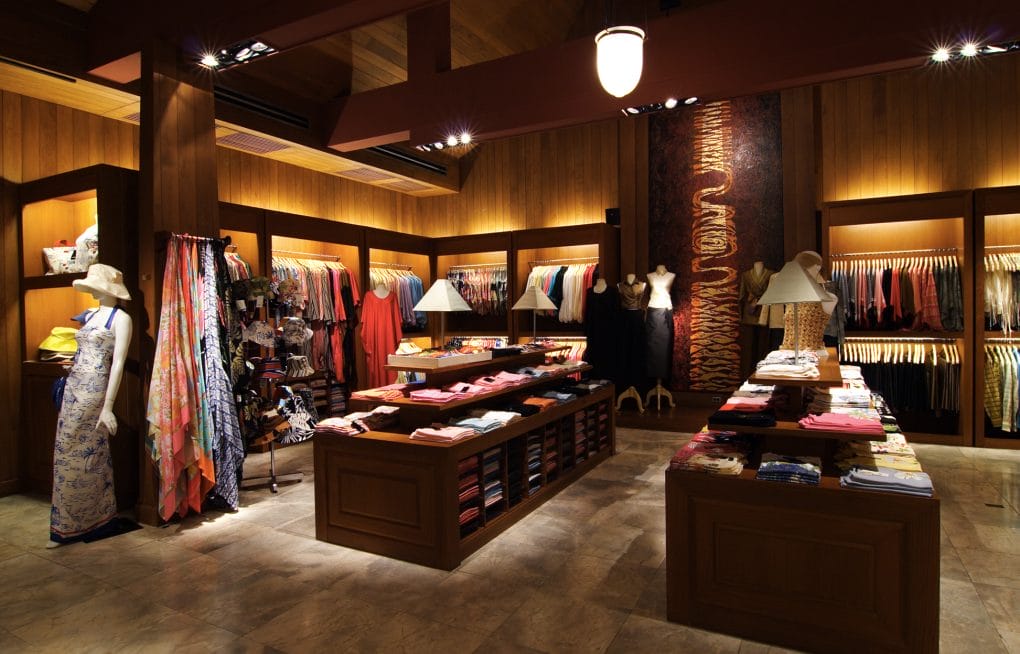
Besides plain and printed silks of various weights, a number of special weaves have become celebrated. One of these is called mudmee, a kind of ikat which is a specialty of the Northeast. Thanks to the encouragement of Her Majesty Queen Sirikit, mudmee is now in wide use. Another sought-after silk is richly brocaded with gold and silver thread in traditional Thai patterns. This requires the most time and skill to make and is, therefore, the most expensive, used mainly on such ceremonial occasions as weddings.
Thai silk is today the best known of all the country’s handicrafts, found not only in countless local shops but also throughout the world. It is exported worldwide in plain lengths, plaids, brocades, stripes, prints, and checks and is supported by a massive manufacturing and sales infrastructure, a far cry from its bumble origins.
Supple handwoven Thai cotton is also popular. Made in a variety of weights for both clothing and home furnishings, it is being exported in increasing quantities. Fine embroidery is one of the traditional crafts of the northern hill tribes, with the Hmong and Yao people being particularly skilled at creating splendid, boldly-coloured geometric designs.
In long strips, these are used to edge a skirt or jacket, in squares to enhance a vest or shoulder bag, in larger pieces to make a handsome quilt. Her Majesty Queen Sirikit has long been and admirer of tribal embroidery and has helped to promote the craft, particularly on homespun cloths such as cotton and local hemp that produces a fabric resembling linen, among fashionable ladies in Bangkok and in other countries as well.
THE POTTERY OF THAILAND
Handsome pots dating back more than 5,000 years have been found at Ban Chiang in northeastern Thailand, and the art of shaping and firing clay has continued to the present day. Simple earthenware vessels are still used for cooking and storage, while more sophisticated glazed pottery is also being produced by methods introduced from China 700 years ago.
Almost every region of the country has its own traditional pottery. The North, for example, makes fine low-fired pots and water jugs, lightly glazed with terra cotta and oil to make them capable of holding liquids; by northern custom, one of these pots is placed outside most temples and private homes so that thirsty strangers can stop and refresh themselves. Dark brown pottery in a wide variety of shapes, from flower pots to fanciful animals, is produced at kilns near the northeastern city of Nakhon Ratchasima and Ratchaburi, west of Bangkok, is noted for its beautifully decorated water storage jars, yellowish-green in colour and adorned with dragons and swirling floral motifs.

According to tradition, the art of making delicate, blue-green celadon began at the end of the 13th century, when King Ramkhamhaeng of Sukhothai brought 300 Chinese potters to his kingdom. Within a short time, the high-fired throughout Southeast Asia, all the way to the Philippines and Indonesia.
The celadon industry declined with Sukhothai but has been revived in recent years in the northern city of Chiang Mai. The technique is still the same as in ancient times, using a clear glaze made from feldspar, limestone, ash, and a small amount of red clay. The wood used for firing the kilns comes from a small jungle tree that grows north of Chiang Mai, the ash of which is supposed to help impart the typical celadon colour. Several companies are now making the stoneware, which is becoming a noted Thai export once again.
THE NIELLOWARE OF THAILAND
The art of Khruang Thom, as the Thais call nielloware, is believed to have come to the country during the Ayutthaya period. The precise origin is uncertain; some scholars say it came from China, while others give Persia as the source. In any case, it became a major craft in southern Thailand, particularly in Nakhon Si Thammarat, and is still practiced there.
Fine nielloware is usually made of pure silver, sometimes later plated with gold. The metal is bought by the craftsmen in thin sheets, from which the desired shape is cut and welded into a crude, three-dimensional form. After the design-has been engraved-usually traditional, such as Thai flame or an intricate floral motif an oxidizing solution is applied to the parts in high relief, turning them a permanent blue-black. The piece is then filed to remove all the rough edges and given a final polishing.
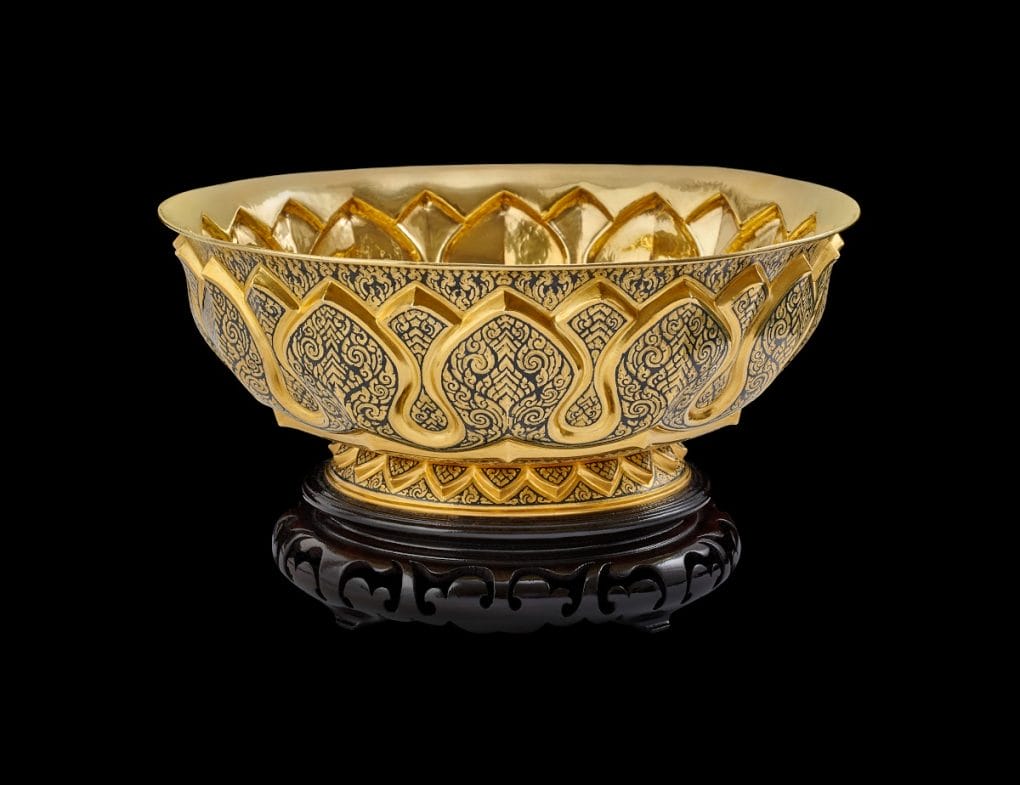
Nielloware objects have been made in almost every conceivable shape, from elaborate coffee and tea sets to fittings for handbags and buttons. It is one of Thailand’s most distinctive and beautiful crafts.
THE SILVERWARE OF THAILAND
Though silverware is made in several parts of Thailand, the most famous centre is Chiang Mai, where it has been a prominent local handicraft for at least a thousand years. In ancient times, it was concentrated in a village called Wua Lai, just outside the city wall; the village has long been absorbed by the modern city but the area where it stood is still noted for its silver.
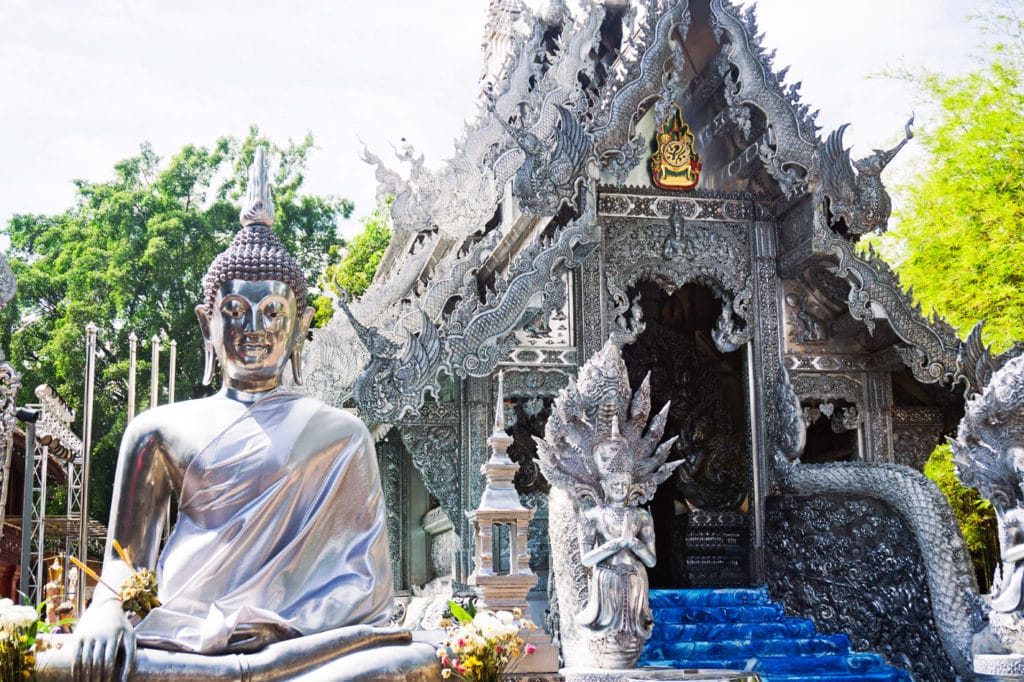
Northern silversmiths have applied their skills to a great variety of objects, from goblets to swords, but their most common products have been ceremonial bowls and boxes of assorted sizes. These are usually adorned with elaborate decorations, either figures or traditional Thai motifs.
THE LACQUERWARE OF THAILAND
The art of making lacquer originally came to Thailand from China, probably by way of Burma-now Myanmar, but over the centuries distinctively Thai designs and techniques were evolved. It became a notable handicraft in the northern province of Chiang Mai and is still made there in a number of households.
Lacquerware begins with finely-woven bamboo basketry or well-seasoned wood which has been carved or shaped on a lathe into the desired shape. To this is first applied a basic coating material called samuk, consisting of the ashes of burnt rice-paddy husks or ground clay mixed with rak, or black lacquer, obtained from a tree which grows in the northern hills.
When dry, this is polished with soap-stone and then another coating is applied. This process is repeated again and again for up to fifteen times, building up a rigid base of durable lacquer. At the end, a final polishing is given with a sandpaper-like leaf called bai-nod.
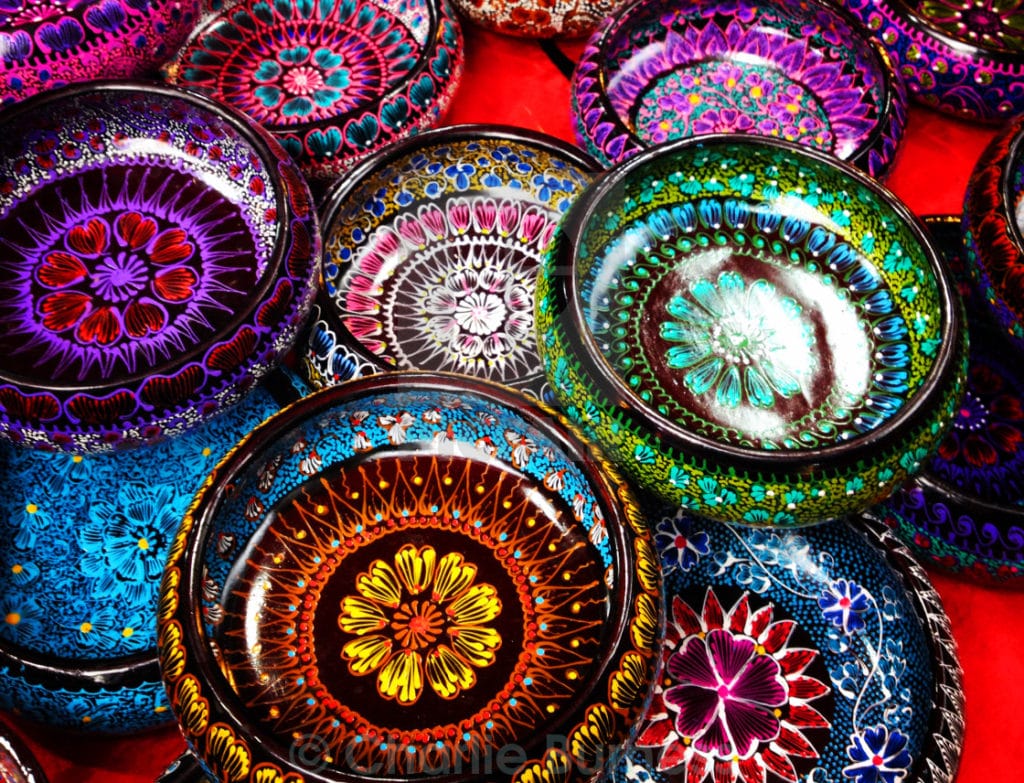
The object is then ready for several coats of pure black lacquer, from three to six coatings. The final layer is polished with water and powdered fired clay, giving it a glistening shine. A design is then applied by either the method called lai kud or the one called lai rot nam. If the object is to be in colour, lai kud is used, while lai rot nam is for objects with gold designs. At the end of the process, the colour or gold stands out against a background of glossy black.
The use of mother of pearl to adorn objects has a long history in Thailand. Stucco pieces embedded with bits of shell have been found at monuments dating back to Dvaravati period (6th to 11th centuries A.D.), and the same form of the art may have existed even before along the coastal region.
But these early efforts were crude compared with the magnificent works achieved by techniques perfected in the late Ayutthaya and early Bangkok periods, when temple doors and windows, manuscript boxes, alms bowls, and numerous other items were splendidly decorated by the painstaking process the Thais call Khruang Muk. The craft continues to thrive today in the production of exquisitely detailed furniture, mirror frames, boxes, and trays that are the pride of many owners both in Thailand and abroad.
The Thai mother-of-pearl inlay technique involves the patient cutting of the luminescent muk fai, or flame snail, indigenous to the Gulf of Thailand. The outer surface of this shell is removed with a special knife and the pearly inner shell is cut into fairly flat pieces, each about two and a half centimetres long. Sanded flat, they are glued to wooden surfaces to form patterns or scenes and the area in between filled with lacquer.


